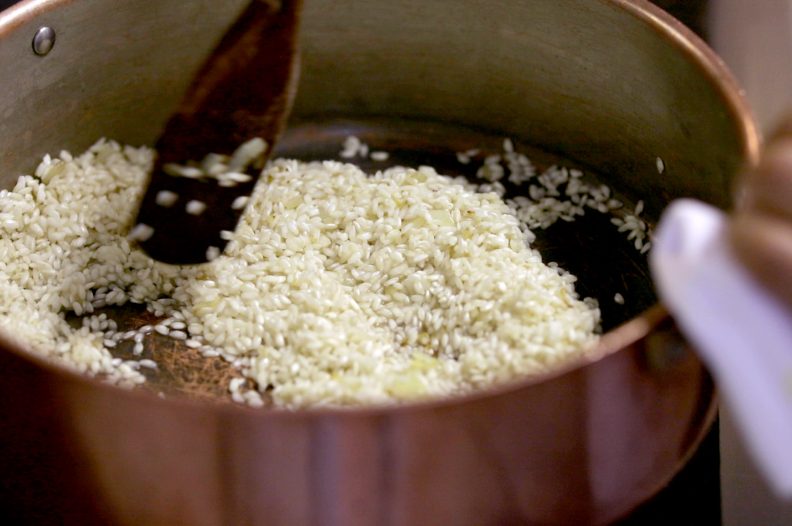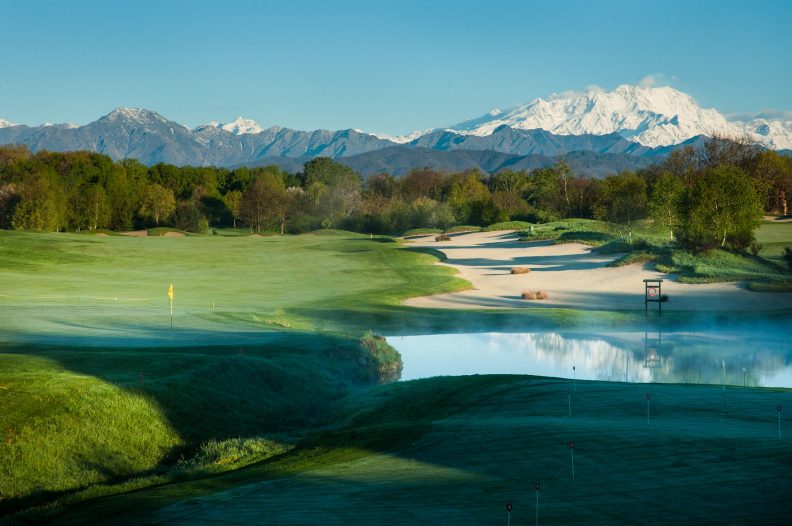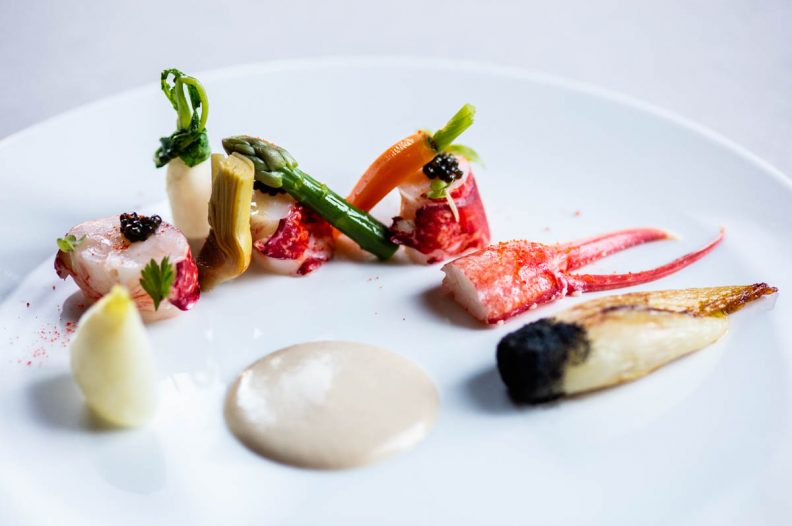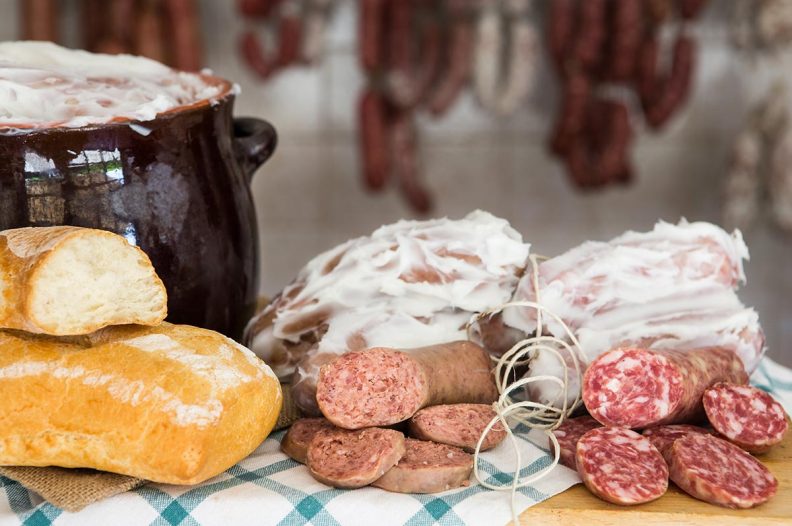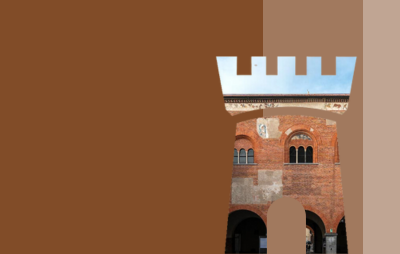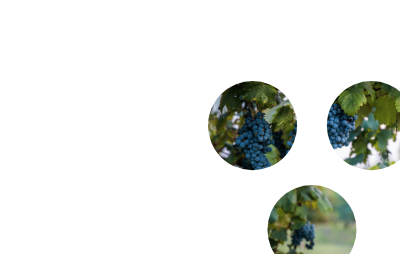Excellent wines of character from the Novara area: a treasure trove waiting to be discovered
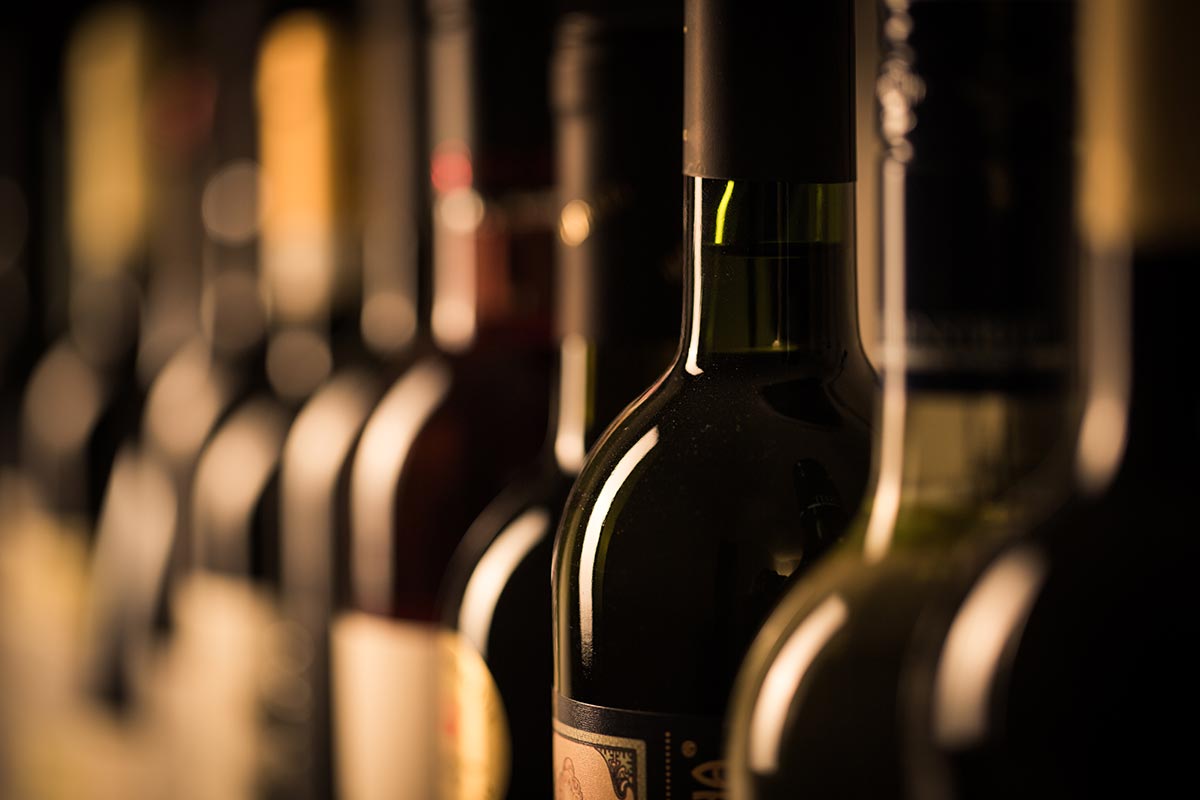
It should come as no surprise that Italy, a country well known for its passion for good food and fine wines is also able to produce a wide variety of really excellent wines throughout the land. From north to south, each region offers variations that deserve to be explored, tasted and appreciated. Amongst these, Piedmont stands out for the very high quality of its wines, which, according to the Scottish writer Stevenson are “truly bottled poems”. This quality has aroused the interest of both connoisseurs and enthusiasts in this still relatively unknown, fertile region.
In the land of wines
Favoured by an area that lends itself well to the cultivation of grapes, some of the most loved – and highly decorated – Piedmontese wines have long been produced in the rolling hills of the Province of Novara. A triumph of DOC wines -Sizzano, Fara, Boca and Ghemme, the latter becoming DOCG in1997. The DOC Colline Novaresi, created in 1994, has a strict disciplinary covering standards, characteristics and geographical distribution of the nine wines that it comprises – including Vespolina, Bonarda Novarese and Croatina. Altogether a riot of tastes and flavours ranging from harmonious to full, intense and sometimes lively.
Each wine has individual qualities, aromas and personality: here, each hill can represent a unique microclimate, combined with soil compositions that vary from area to area.
It is possible to follow well-designed itineraries, either on foot or by bike, in order to admire the geometric designs of the rows of vines, with their pleasant symphony of colours and scents, overlooked by the imposing Monte Rosa.
WINES NOT TO BE MISSED
Ghemme
Boca
Fara
Sizzano
Erbaluce
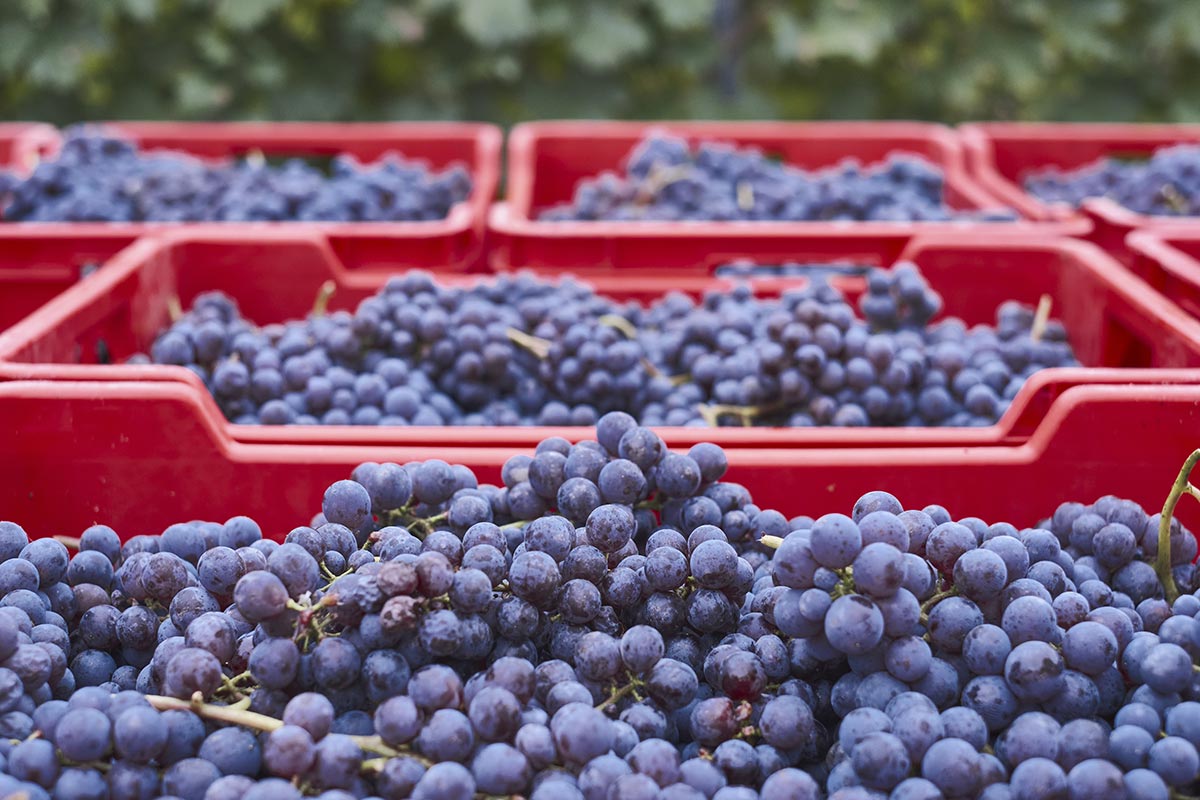
Waiting for a sublime ageing
The common characteristic of the four “wines of the north” is the long aging process; in fact, they are wines that reach maturity late and contain a very high tannin content.
Ghemme DOCG, perhaps the best known, requires at least three years of aging, of which two in oak barrels. A red with a great tannic body, its origin dates back to the IV-V millennium BC. and is produced in the municipalities of Ghemme and Romagnano Sesia. Much sought after between the 17th and 19th centuries, it was glorified by Fogazzaro and is appreciated everywhere. An intense aroma, dry and sapid, with a pleasantly bitter taste.
The Boca DOC wines are produced in the viticultural area around the the municipality of Boca. First mentioned in documents dating from the 14th it also requires three years of aging, two of which in oak or chestnut barrels. A dry and harmonious flavour for a fascinating and classy red, with aromas ranging from floral to fruity and even spicy. It is often called the “wine of popes”, since a large part of the wine production of some growers was destined exclusively for the Vatican. It was the famous architect Alessandro Antonelli who radically improved the cultivation of the Boca grapes, instituting innovative techniques for the time including what is known as the “quadretti maggiorino”, a system for planting vines in groups of two to form a square.
The Fara DOC wines, ruby red, with a dry harmonious flavour and a pleasant nose, are grown between Fara Novarese and Briona. Appreciated by medieval abbots and lords, it is thought that the wine trade dates back to the 2nd century AD thanks to a Roman sarcophagus found in the area which bears some inscriptions on the subject. Certainly the morainic plateaus of Fara are an excellent terrain for the cultivation of unexpectedly superb vines. The wine requires at least three years of aging, two of which in oak or chestnut barrels.
The Sizzano DOC wines have garnet reflections and a characteristic aroma of violets. The wine was already known in the 14th century. Much appreciated by the Italian statesman Cavour, who compared it to the best French wines, above all for its exceptional bouquet, it has a dry and harmonious flavour and requires 3 years of aging, of which at least 2 in oak or chestnut barrels.
Lovers of white wines will be amazed by the fragrant and delicate flavour of the Erbaluce wine. With its hints of acacia, it is a fresh and inviting white, part of the Colline Novaresi DOC, with Greco Novarese (Erbaluce) grapes. Erbaluce grapes are also cultivated in the Canavese area. The grape variety has legendary origins and a dedicated following.
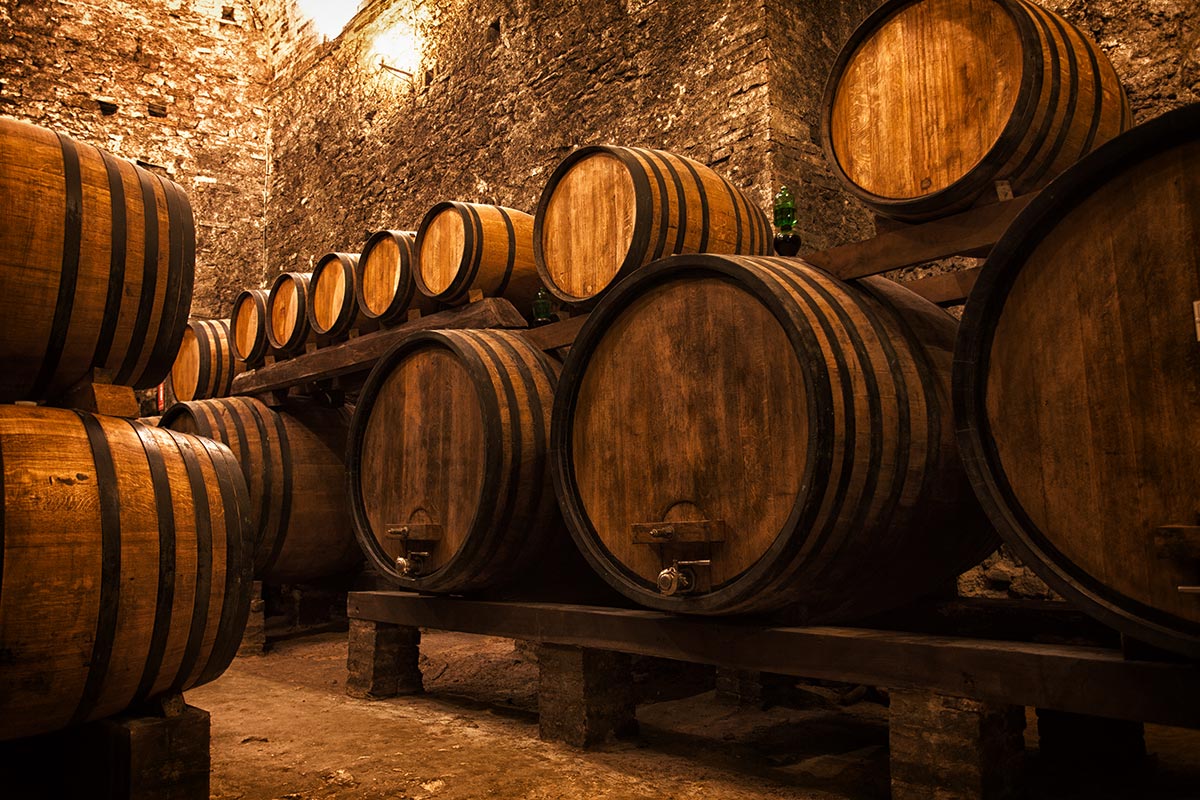
Nebbiolo, a vigorous and elegant wine
Nebbiolo,the grape variety that contributes for the most part to this wine, in the province of Novara is also known as Spanna, as well as Vespolina and Bonarda. The noblest and oldest black grape variety in Piedmont, its qualities of power and elegance were already praised by Pliny the Elder, who mentions it in his Naturalis Historia. The structure of its vine and the long period that the bunches require to reach maturity inextricably links this variety to its territory of origin: outside Piedmont and Lombardy – it is, in fact, also cultivated in Valtellina – this grape would lose its identity.
A territorial bond that is reflected in its bright ruby red colour which, it is said, can even act as a mirror, but which turns to orange during the aging process.
In northern Piedmont, the wine produced acquires a fruity and mineral bouquet, with gentle tannins, thanks to lower levels of clay and limestone in the soil than those found in other areas of the region. Its cultivation is laborious and requires patience and careful handling. Production is therefore limited, which greatly increases its value.
NEBBIOLO
Light ruby red in colour that becomes brick orange as it ages. An aroma of cherry, raspberry, violet, roses and over time licorice, leather and even dried mushrooms. The taste greets you with robust tannin and high acidity.

The secrets of the cellars
The best way to fully enjoy such a wealth of wines from this multicoloured territory, is in fact to visit the cellars of the Novara area. Speaking with the passionate and competent producers, you will understand not only how the grapes are processed, but will also be told a host of local Bacchanalian stories. There is no shortage of excellent food and wine itineraries which, for a well-rounded experience in this surprising province, allows you to combine local produce with numerous artistic, historical and natural attractions: parish churches and castles alternate with nature parks, the mountains are mirrored in picturesque lakes, and there is the town of Novara itself, with its marvelous San Gaudenzio, the Duomo and the Broletto.
